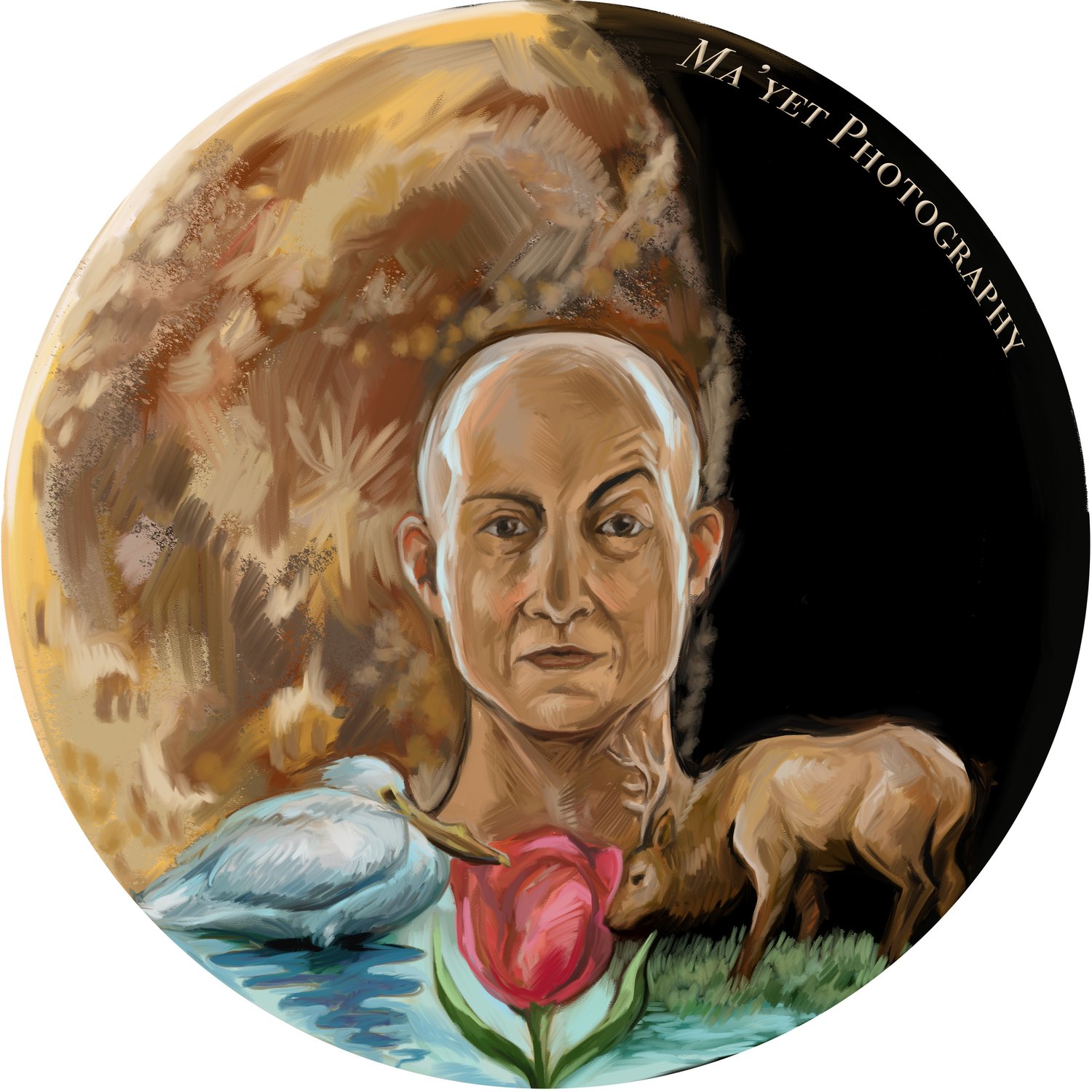Unlock the Stars: Astrophotography Software for Precision
Explore the powerful world of astrophotography software designed to elevate your stargazing experience.
Whether you're just starting out or a seasoned astrophotographer, the right tools make all the difference.
From intuitive stacking programs that seamlessly combine your captures to advanced editing software that unveils hidden galactic beauty, each piece of software is a gateway to clearer, more detailed images of the night sky.
Join me as I share tried-and-tested solutions that help transform raw starfield shots into breathtaking masterpieces. The universe is waiting—let’s bring it into focus together.
Free Software I Use:
Siril has become one of my go-to tools for astrophotography. It's amazing at reducing noise and boosting the details hidden in my captures, helping me turn faint, messy data into sharp, beautiful images of the cosmos.
What I love most is how versatile it is—whether I'm working with single frames or long sequences, Siril makes aligning, stacking, and enhancing a breeze. It’s like having a cosmic secret weapon for bringing the stars to life.
From Raw to Finished: A Siril v1.2.x Tutorial for Beginner Astrophotographers
GraXpert has been a game-changer for cleaning up my astroimages. Gradients—those annoying patches of uneven brightness from light pollution or funky optics—can really mess up a photo. GraXpert strips those distractions away, revealing the real beauty of the deep sky.
It's not a plugin, just a stand-alone, open-source tool built purely for this purpose. And it does the job brilliantly. Gradient removal isn’t just about making your image prettier—it makes processing easier and gets rid of weird color casts too. Honestly, I can’t imagine editing deep-sky photos without it.
AstroSharp
I do not use as much, but I do like and it is free!
Watch these videos if Interested: Click Here
Paid For Software:
I subscribe to the entire suite of Adobe products rather than just sticking with Photoshop. It might be a bit of an investment, but I’m all about getting the most value for my money.
Plus, having access to tools like Lightroom, Premiere Pro, and After Effects opens up endless creative possibilities beyond just image editing.
I primarily use this software for its impressive AI-powered sharpening and noise reduction features.
These tools have been game-changers for my astrophotography work, helping to bring out crisp details in starfields while reducing the graininess often caused by shooting in low light conditions.
In my experience, it works wonders and really elevates the final image quality.
